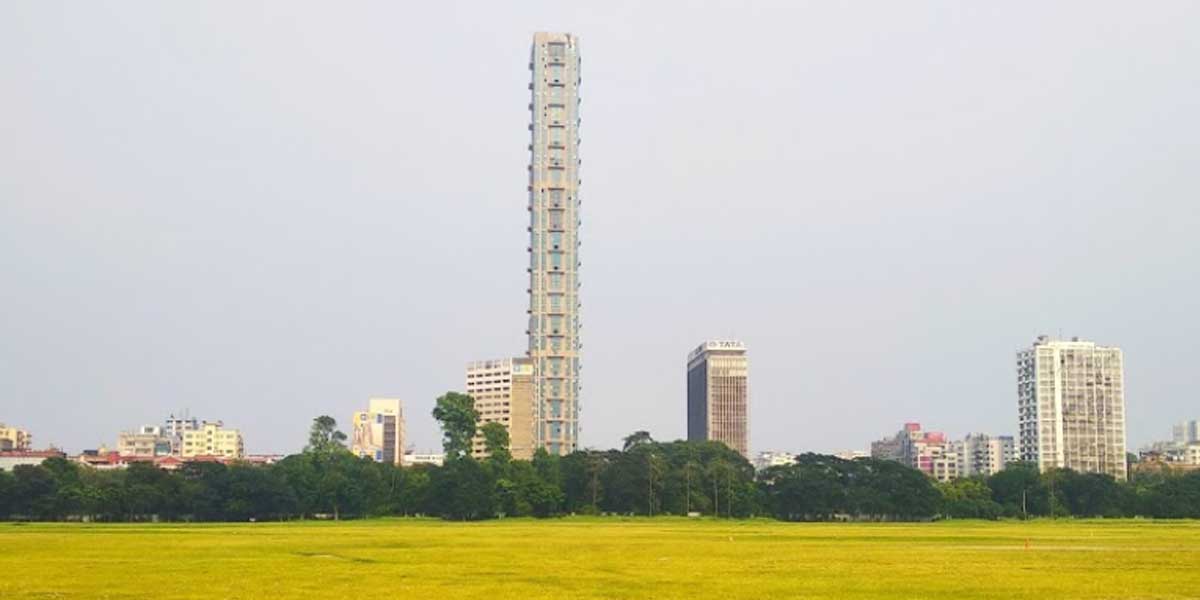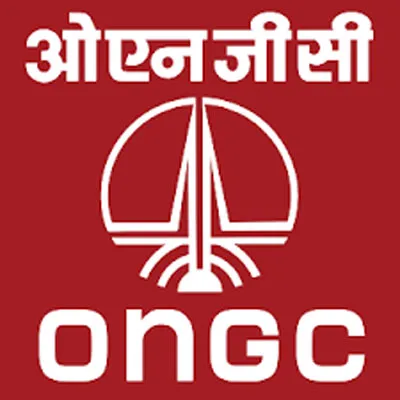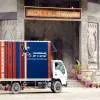Technology has made rapid advances in recent times. At the turn of the century, sustainability became the buzzword, which together with innovative technology, has been making a huge impact on the design sensibilities of architects. From smart homes and offices to smart buildings and cities, the transition of the dream of a sustainable future has been an ambitious one. As the design fraternity takes up the challenge of making buildings ‘smarter’ and more sustainable, we look at 10 smart buildings that are putting India on the global map.
#1
The 42, Kolkata
a. Type: Residential
b. Where: Chowringhee Road, Kolkata
c. About: This 62-storey residential building has smart automation features such as swipe card access, biometric front door locks, video door phone monitoring, fire detection, CCTV cameras, etc. It also follows energy efficiency parameters.
#2
Indira Gandhi International Airport, New Delhi

a. Type: Airport building
b. Where: Palam, Delhi
c. About: Touted as India’s smartest building, the Indira Gandhi International Airport has incorporated several state-of-the-art features that have helped it win multiple awards in the Smart Building category. The airport has sustainable and energy-efficient equipment to save energy and resources. It has a north light orientation of the building that reduces solar gain and optimises daylight illumination. The airport complex has 10,000m² of landscaped area.
#3
Infosys Software Development Block

a. Type: Office Building
b. Where: Mysore
c. About: It has been awarded the Leadership in Energy and Environmental Design (LEED) India Platinum Rating by Indian Green Building Council (IGBC). It has a holistic approach to sustainability in five areas including sustainable site development, water savings, energy efficiency, materials selection and indoor environmental quality. 100% energy consumption in this building is met by green power.
#4
Chhatrapati Shivaji Maharaj International Airport (CSMIA), Mumbai:

a. Type: Airport building
b. Where: Andheri, Mumbai
c. About: Technology plays a crucial role at CSMIA. From self-boarding pass and check-ins to mobile application for indoor navigation, CSMIA is a technology-driven airport. Technology is used to handle the ever-increasing traffic, cybersecurity and efforts towards sustainability. It continues to upgrade its AI, VR and machine learning under the IoT umbrella.
#5
ITC Maurya, New Delhi

a. Type: Hotel building
b. Where: New Delhi
c. About: ITC Maurya holds the title of being the first hotel in the world to have a Platinum rating under LEED’s Existing Building programme. It has a private biogas plant, which helps in recycling and reusing organic waste. Natural materials are used over synthetic alternatives and many more of such green solutions are also incorporated.
#6
Apollo Hospitals International Limited

a. Type: Hospital
b. Where: Ahmedabad, Gujarat
c. About: The hospital fulfils the green building criteria including energy conservation and reduction of emission. It also ranks high on safety and maintenance, productivity and functionality.
#7
DLF Mall of Noida

a. Type: Retail
b. Where: Noida, NCR
c. About: DLF Mall is the recipient of a ‘LEED Platinum’ certification from the United States Green Building Council (USGBC). Spread across two million square feet, it is the first mall to receive this rating, thereby becoming a benchmark in the retail sector.
#8
Software Technology Parks of India (STPI) - Incubation and Data Centre, Mohali

a. Type: Community Space Building
b. Where: Mohali
c. About: The STPI Centre in Mohali is a hallmark of sustainability. It is developed by the Planners Group. With a built-up area of 10,699.68 square metres, the building features sustainable materials such as mineral fibre, gypsum boards, MDF boards, vitrified tiles and granite. It has water-efficient fixtures and energy optimization for visual and thermal comfort. It has solar panels for renewable energy.
#9
Omkar 1973, Worli Mumbai

a. Type: Residential
b. Where: Worli, Mumbai
c. About: This luxurious residential address is home to many celebrities. The three towers of Omkar 1973 are today synonymous with the skyline at the Worli sea face. During construction, the builders used the Jump Form System for faster slab cycles and have utilized ALPOLIC sheets as a building material. Being a smart building, automation plays a vital role in Omkar 1973 and it has been provided by Honeywell.




















